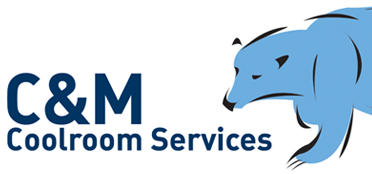External Temperature Factors That Affect Coolrooms and Freezers
06 February 2017Contemporary coolrooms are fully enclosed chambers. There’s real thermal seclusion here, except for that one conduit connecting the isolated enclosure to the outside. This is the air inlet channel, a conduit that reaches outside the system. Not to worry, there are filters in place to stop airborne contaminants in their dirty tracks. But what about the temperature of that air? Just how do external temperature factors affect coolrooms and freezers?
It’s the Little Details
In planning for the bigger issues, we can miss the smaller problems. A door seal is repaired, for instance, but the damaged door clasp goes unnoticed. Freezers and coolrooms won’t discriminate between a tiny error and a gaping problem, not when they can use both issues to cause significant energy leaks. Likewise, the outside environment is anything but a constant. It climbs in the summer and drops precipitously in the winter to produce a system-fatiguing variance factor.
Determining the External Thermal Envelope
A temperature differential exists in the inlet channel. The energy, the warm or hot air pulled into the vent, is being told by a thermostat to cool way down, perhaps below 0°C. The laws of energy conservation are happy enough to accommodate this thermostatic requirement, but heat can only be removed from the air as fast as the refrigeration system allows. That’s where the evaporator and condenser coils enter the cooling formula, for these parts will absorb the heat, but they can only do so as fast as their mechanical innards and the refrigeration medium allows.
Assessing Outer Temperature Loads
There are differential equations and thermal dynamics formulas that lend this theory concrete shape, but we don’t require the aid of intricate mathematical theorems, not when we’re just trying to add context to a relatively simple processing environment. Suffice to say, it takes great quantities of refrigerating energy to offset that temperature differential. If the required thermal setting is approximately 0°C, then a 37°C day will impact the system. That impact grows when lower temperatures are desired, such as those found in a freezer, for a much larger differential exists between the hottest summer afternoon and the coldest arctic environment.
Capable coolrooms and freezers address internal thermal factors. The finest systems take that operational principle a step further. They maintain that chilled air level, no matter how hot (or cold) the weather becomes outside the refrigeration envelope. This outer thermal envelope is beyond the system’s control, but the refrigeration unit will quickly accommodate the differential, thus maintaining a uniform temperature coefficient that offsets the prejudicing influence of the outdoor air.
Mark Connelly
C&M Coolroom Services
E-mail: markconnelly@cmcoolrooms.com.au
Mobile: 0412 536 315
Optimized by NetwizardSEO.com.au


